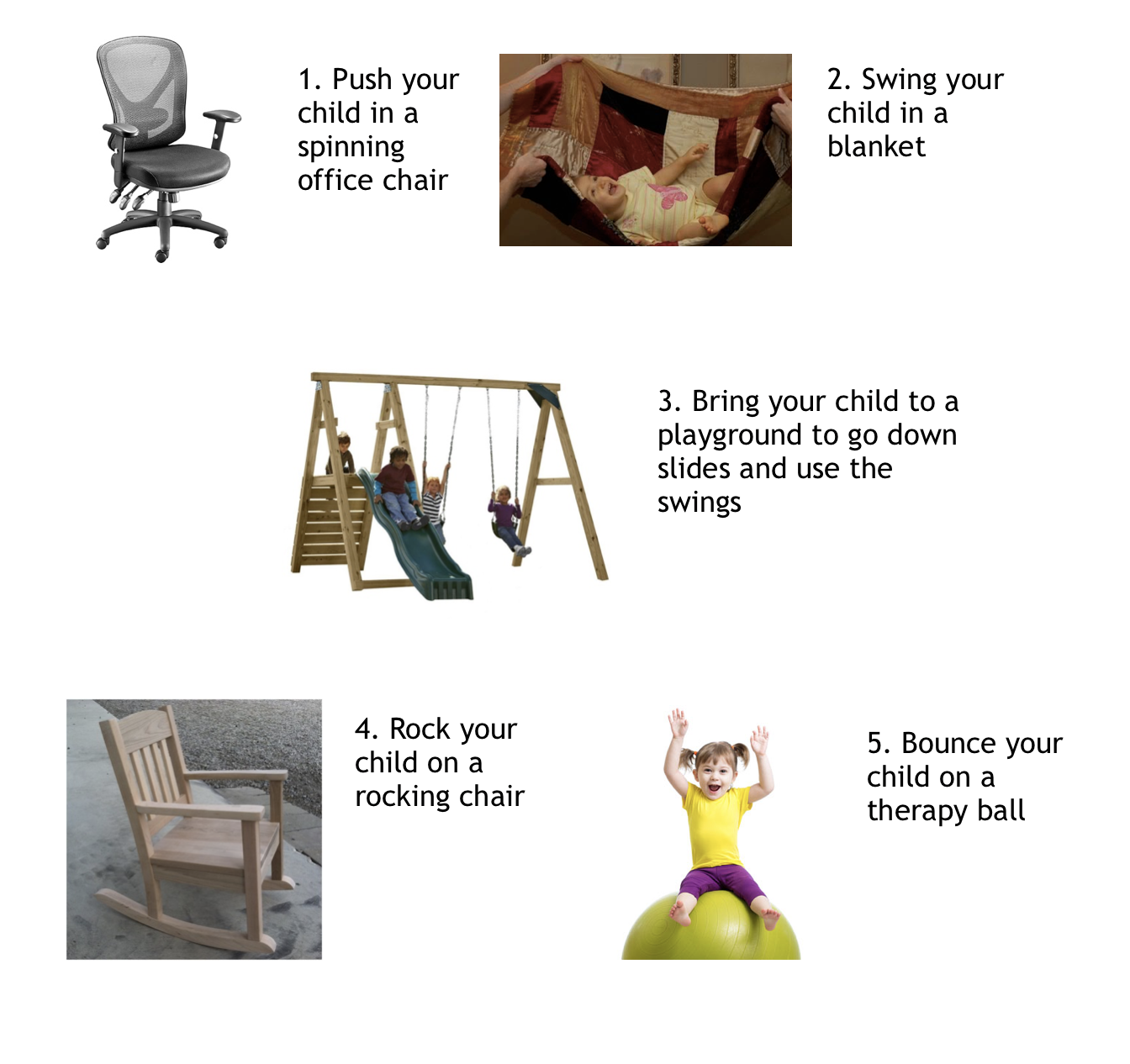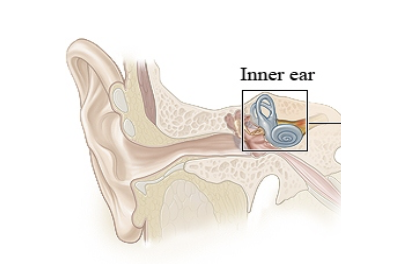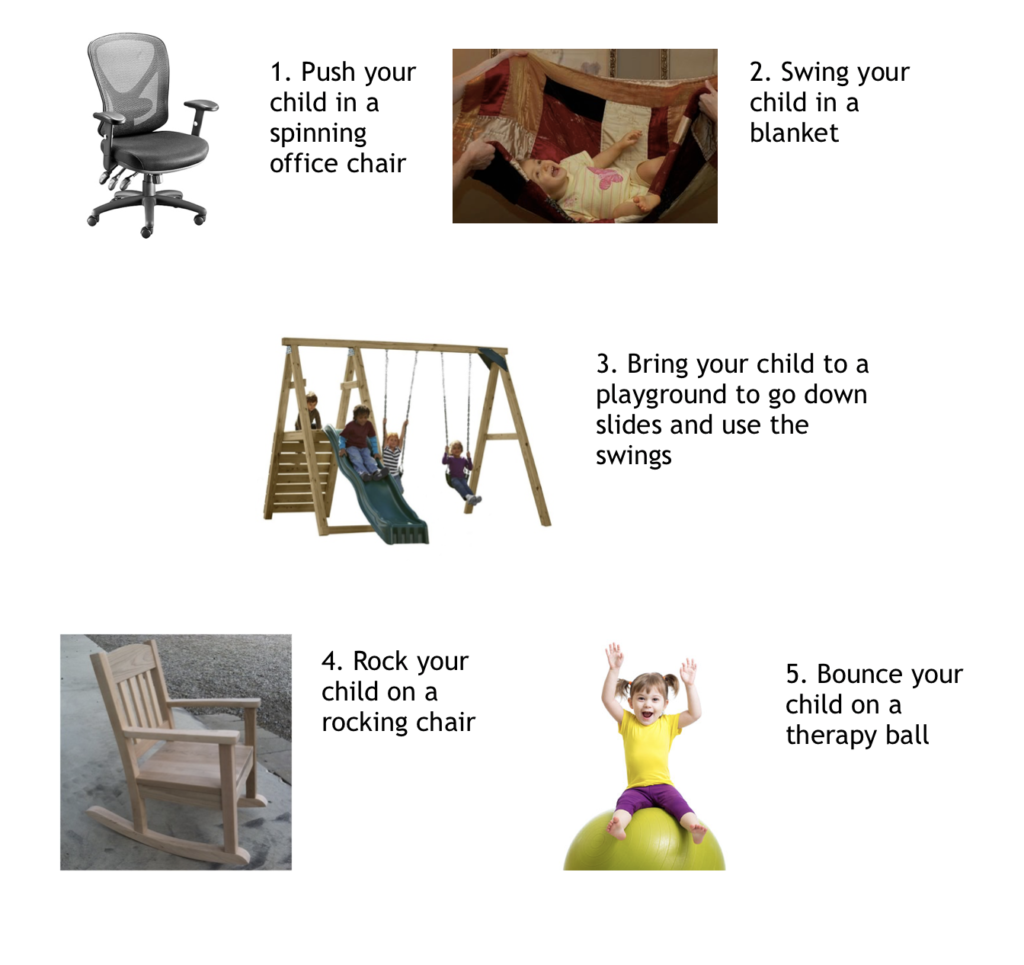Vestibular System


This month we will explain what the vestibular system is and how you can begin to examine how your child processes information through this system. We will also provide specific activity ideas for you to incorporate in your routines that address your child’s vestibular needs.
So what is the vestibular system?
• It is a less commonly known sensory system that lets your child take in and process the world around them.
• In general, it provides information that lets your body know where your head is within space.
• It is made up of structures within the inner ear (semi-circular canals) that detect changes in position and movement of the head.
• The vestibular system is associated with balance, posture, body awareness, attention, arousal and motor coordination.
• Activities that involve this system include rollercoasters, surfing, going upside down, or simply tilting your head back and forth. The vestibular system is also at work during accelerating and decelerating movements.
• Dysfunction within the vestibular system can manifest in different ways for each child.
• Children who are over sensitive to vestibular input may have fearful reactions to ordinary movement activities such as swings, slides, ramps, inclines, stairs, and uneven surfaces.
• Children who are under responsive to vestibular input may seek activities that elicit this input by whirling, jumping, and/or spinning.
Why is it important to provide vestibular experiences for your child? Approximately 70%-90% of individuals with autism have sensory abnormalities. Current research shows that clinically applied vestibular input within sensory integrative therapy is correlated with positive changes in motor development and social behaviors, improvements in language acquisition/skills, improved eye contact, positive affect (laughing & smiling), and a higher rate of elicited communication (requesting).
For this month, pay close attention to how your child responds to vestibular input. Experiment with different stimuli and notice whether your child’s response is calming versus alerting. Contact your child’s occupational therapist if you have any questions about your child’s individual needs and preferences.
Activities
Below are vestibular-focused activities that you can implement at home to provide sensory input for your child. In general, linear vestibular input (rocking, bouncing) tends to be calming and rotary vestibular input (spinning) tends to be alerting. Remember to pay close attention to your child’s response to ensure the input improves regulation, and have fun!

Rebecca School
Leave a Reply